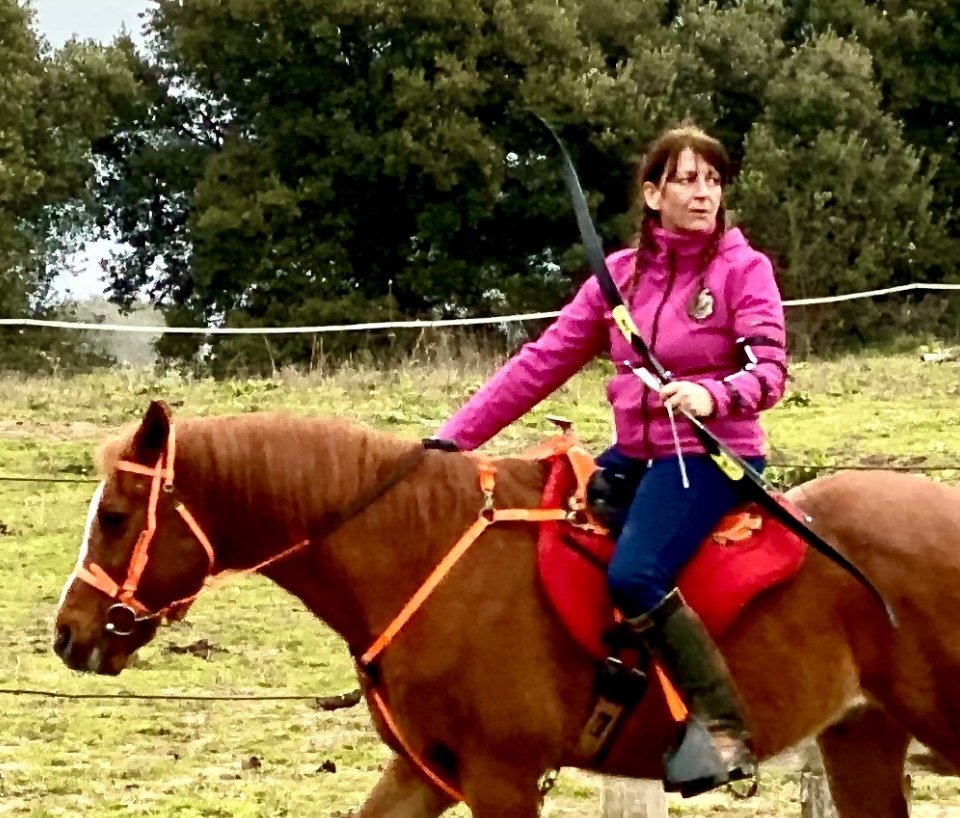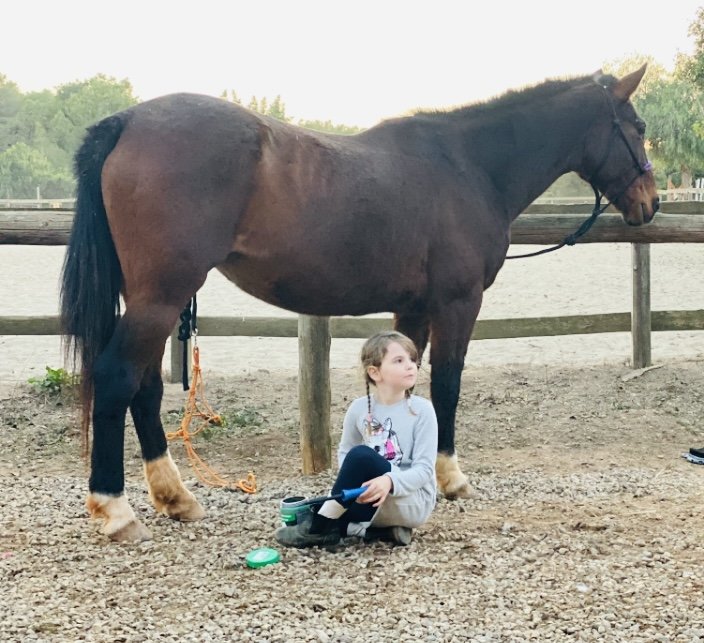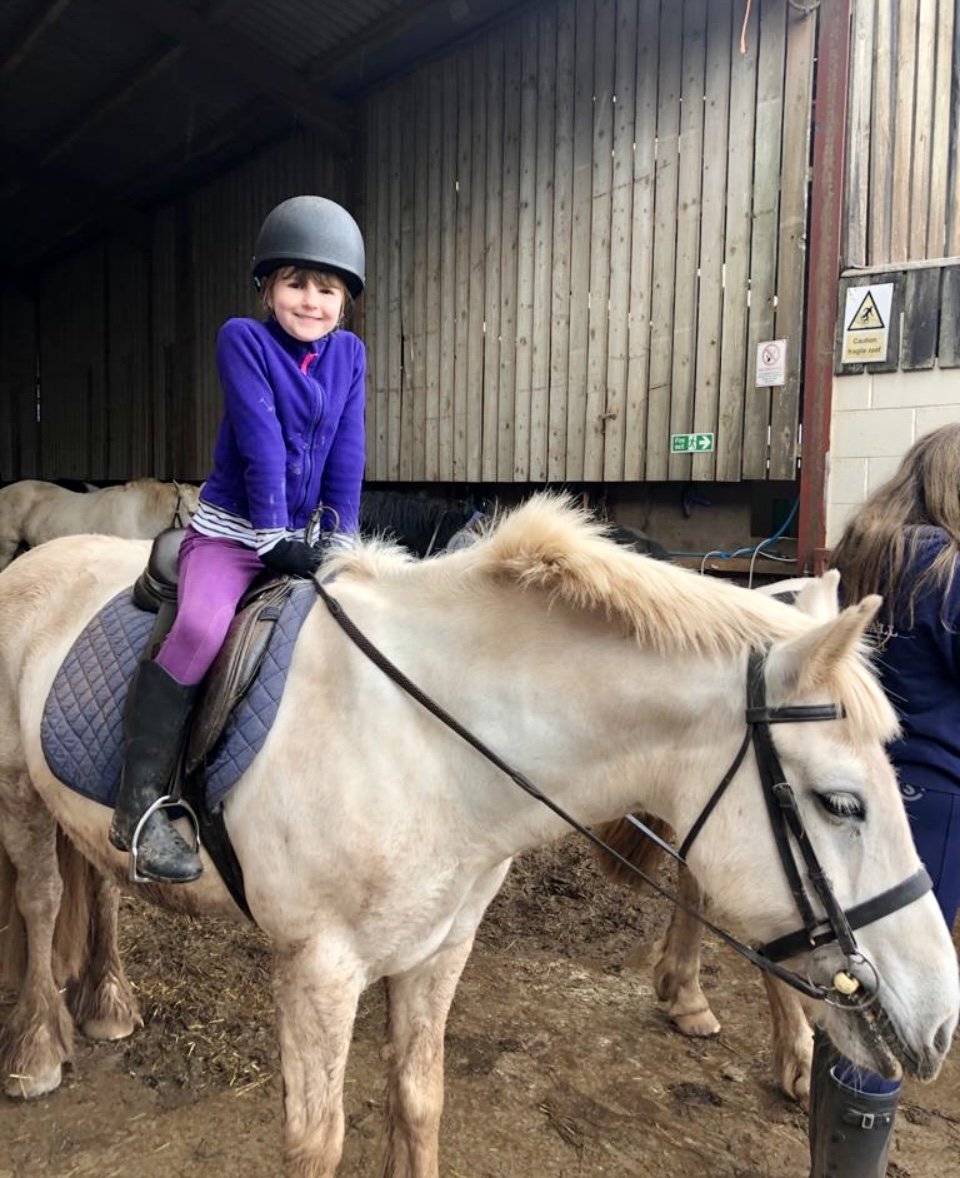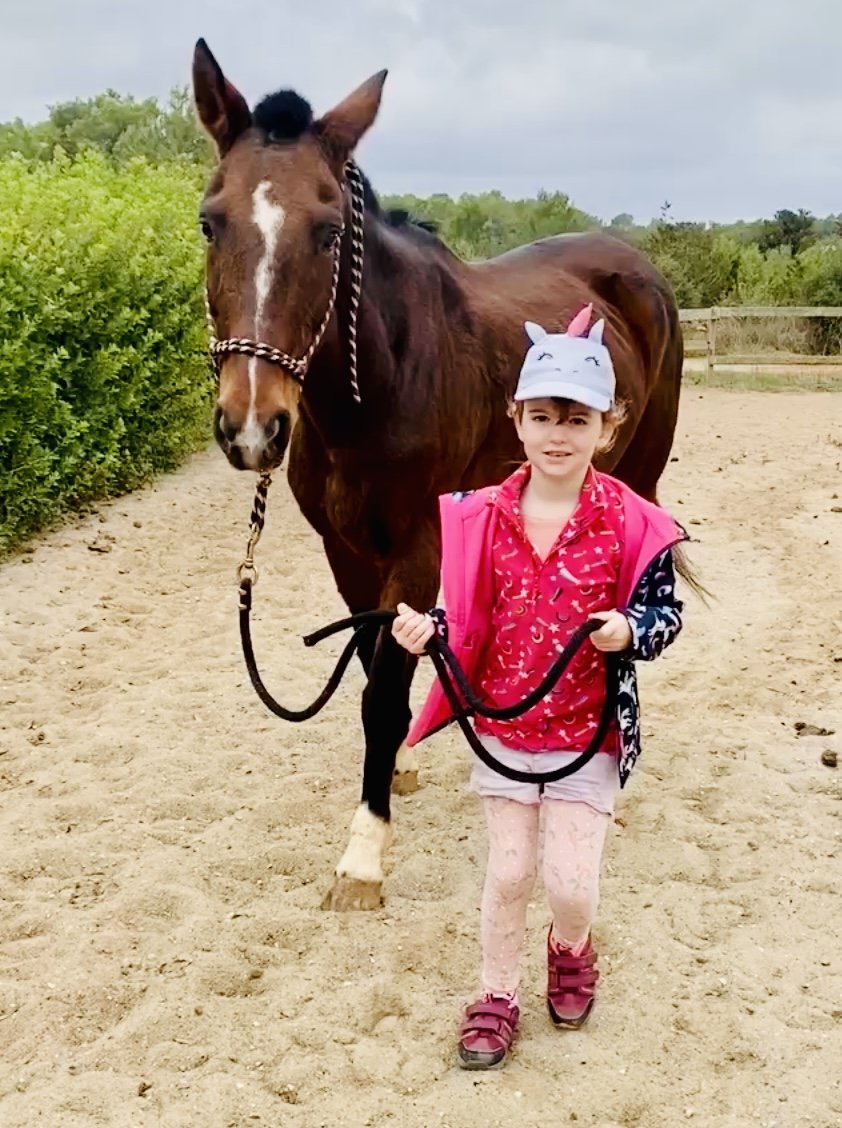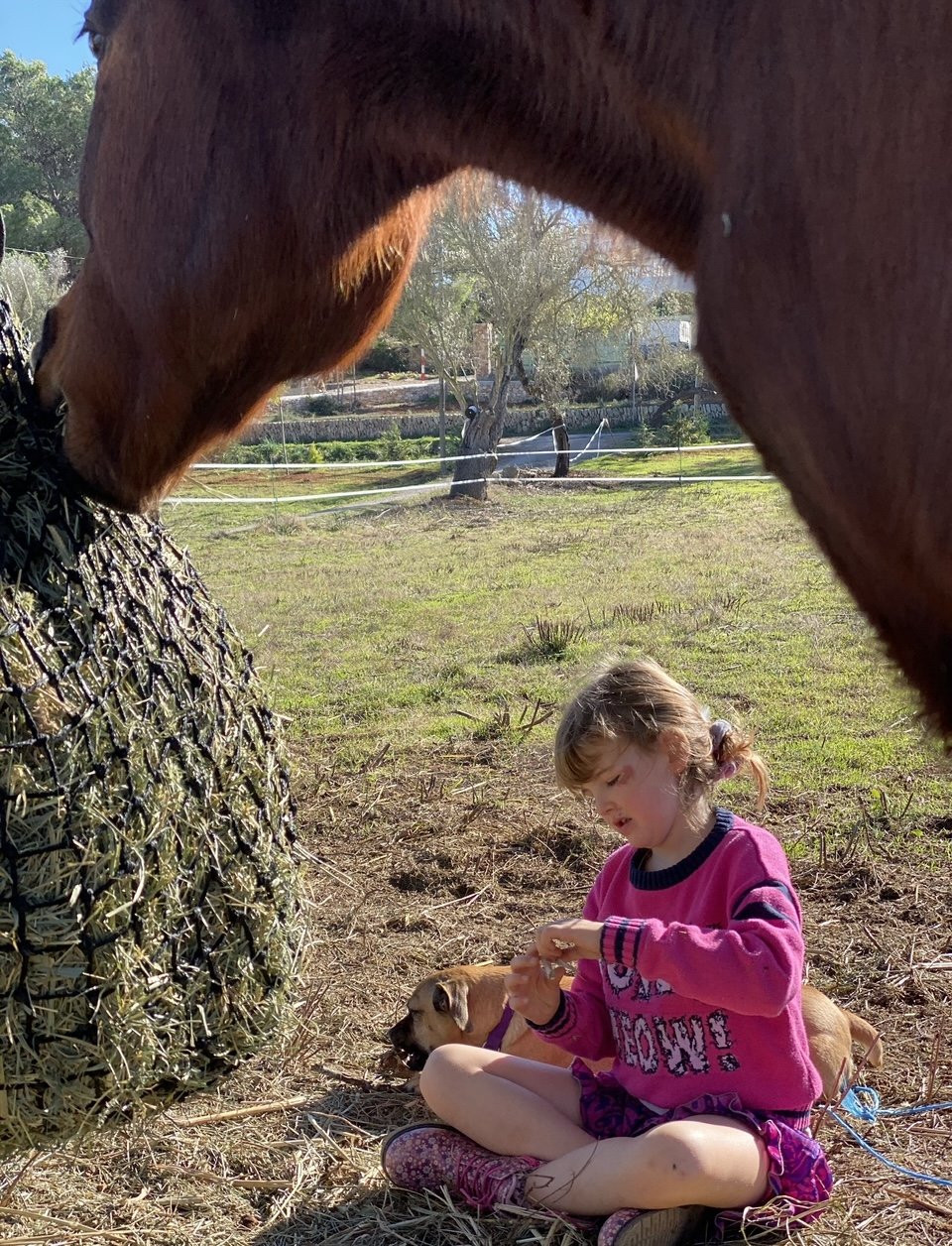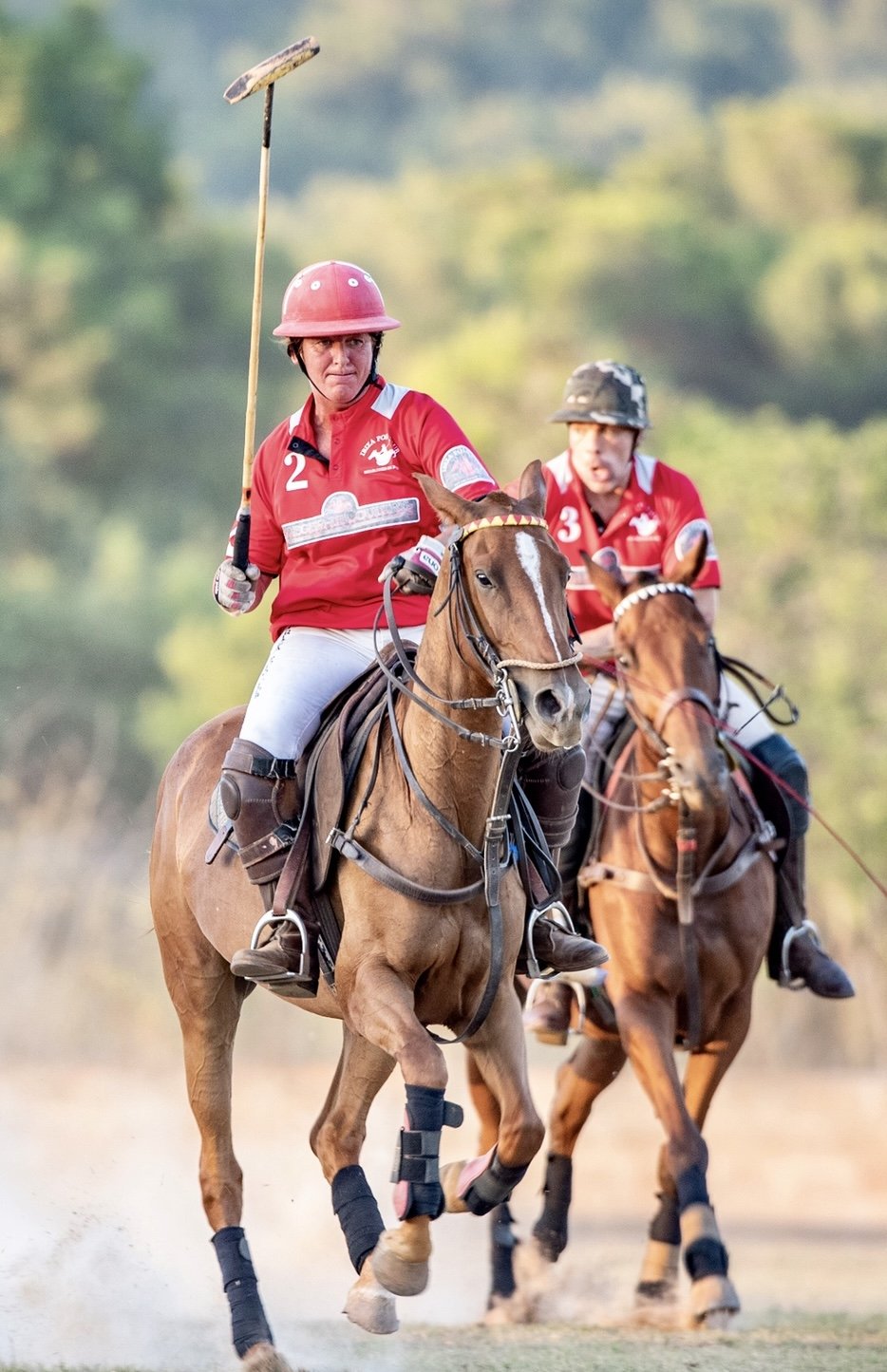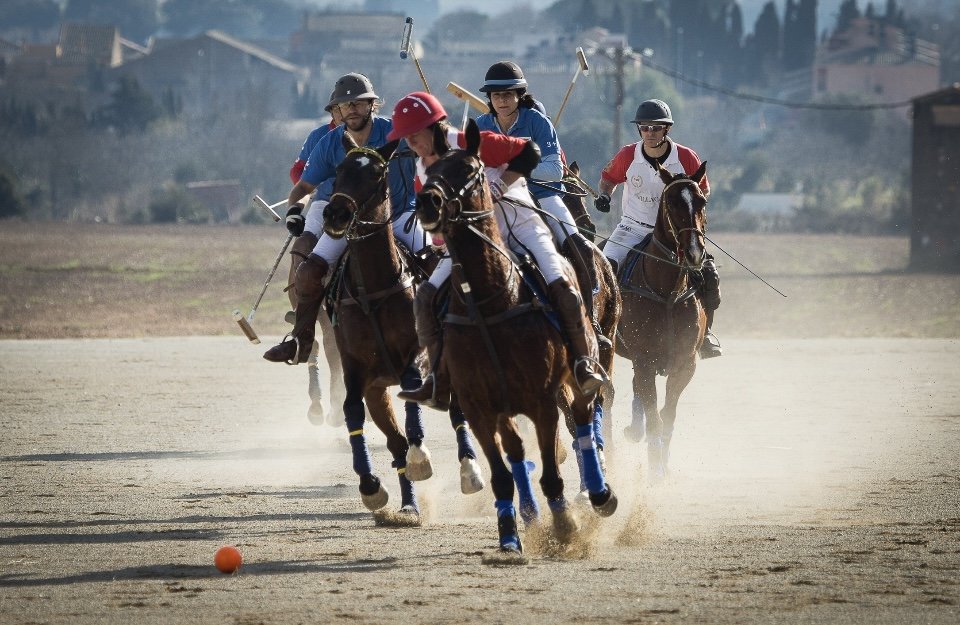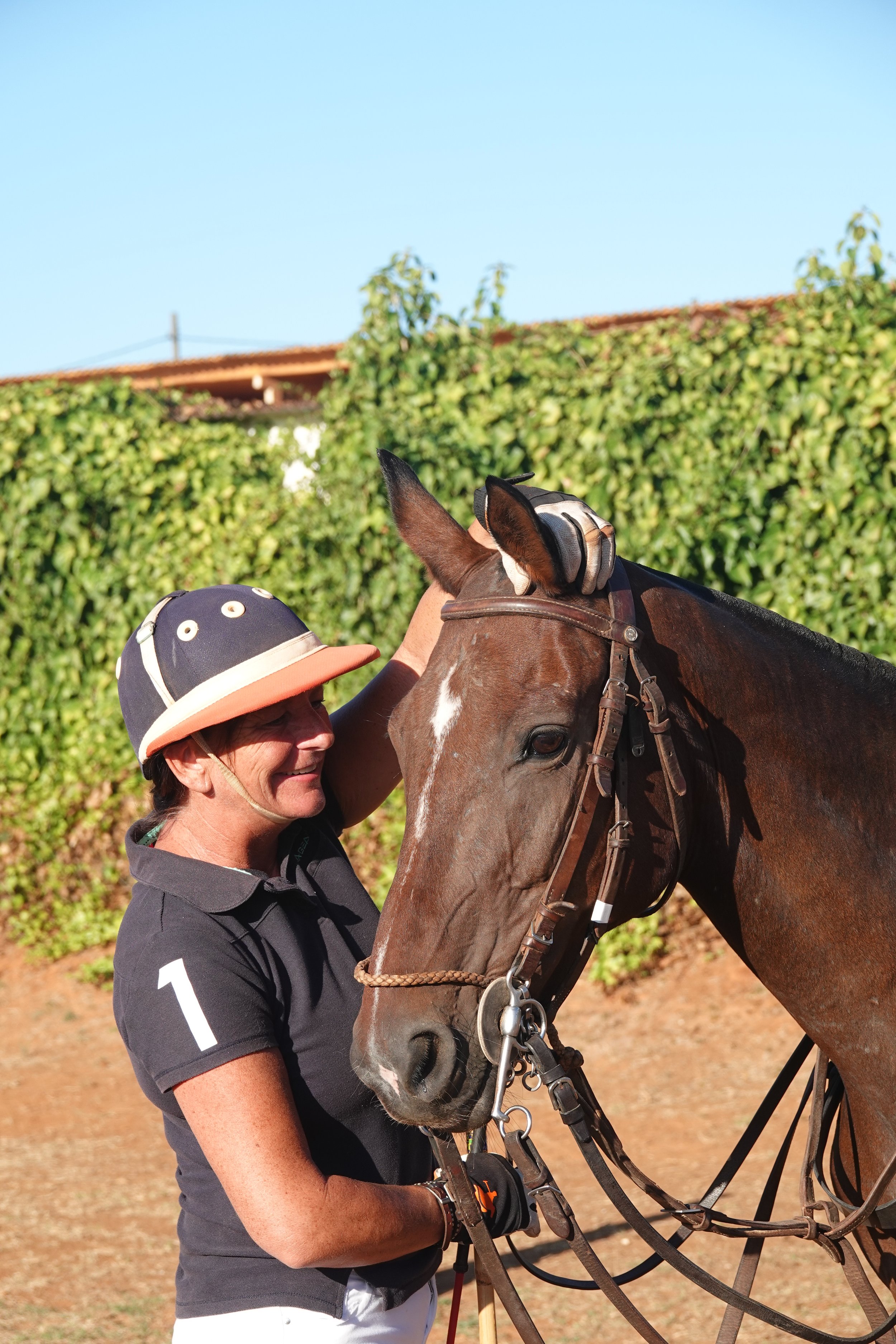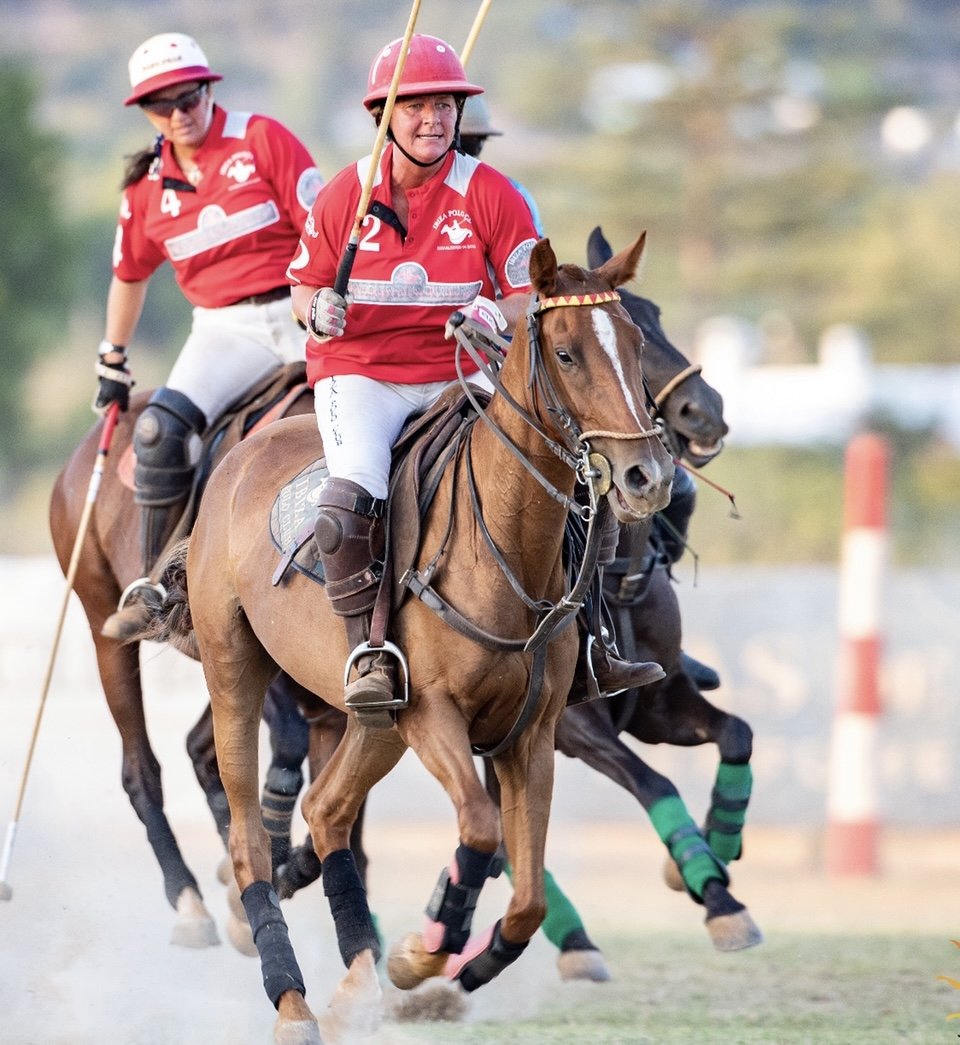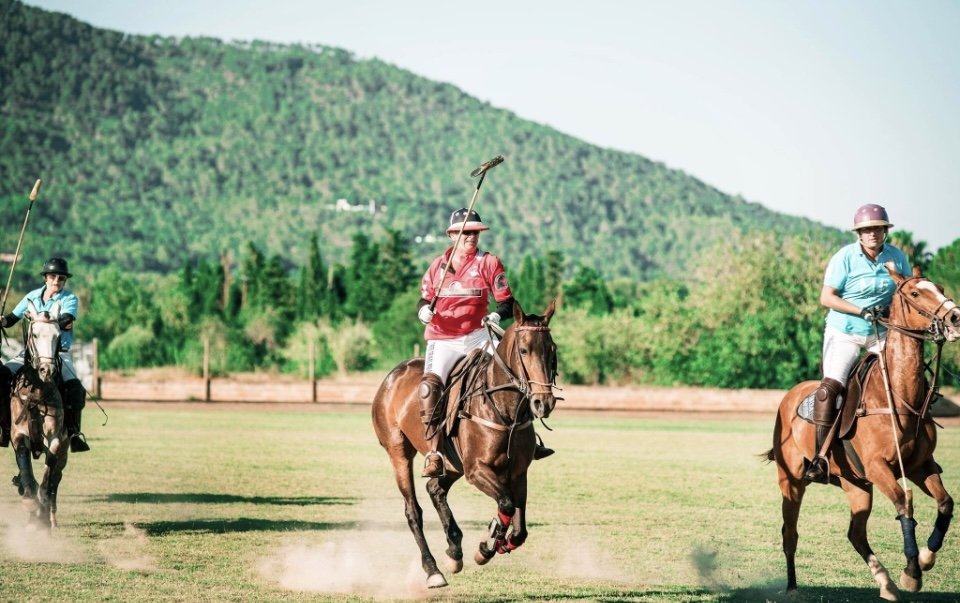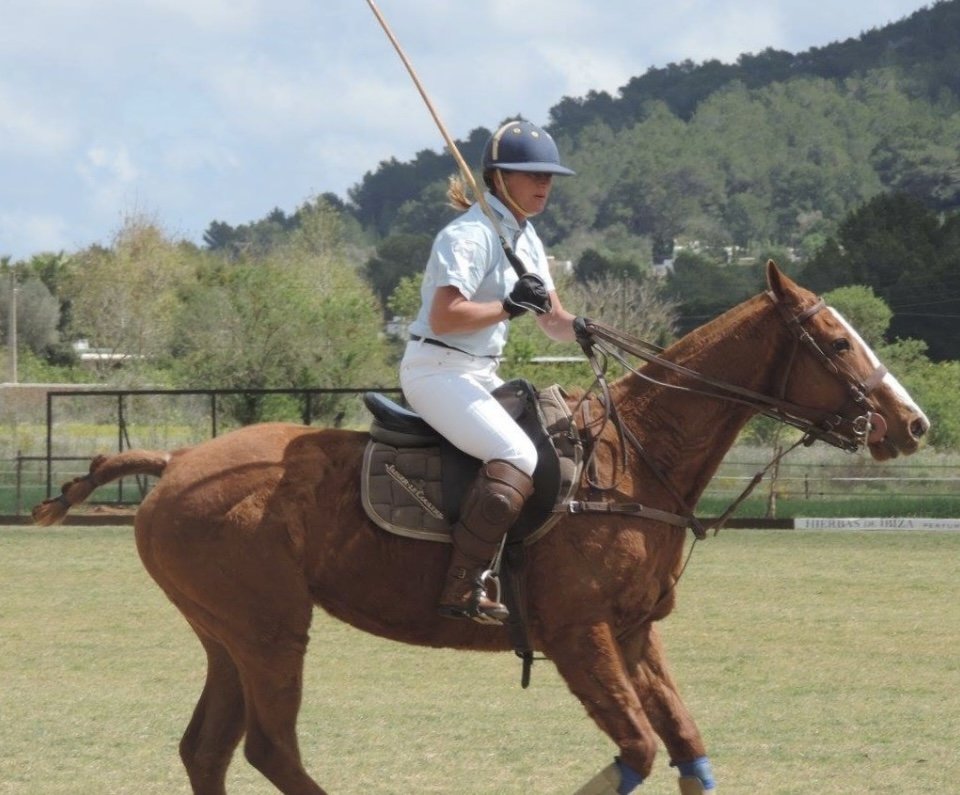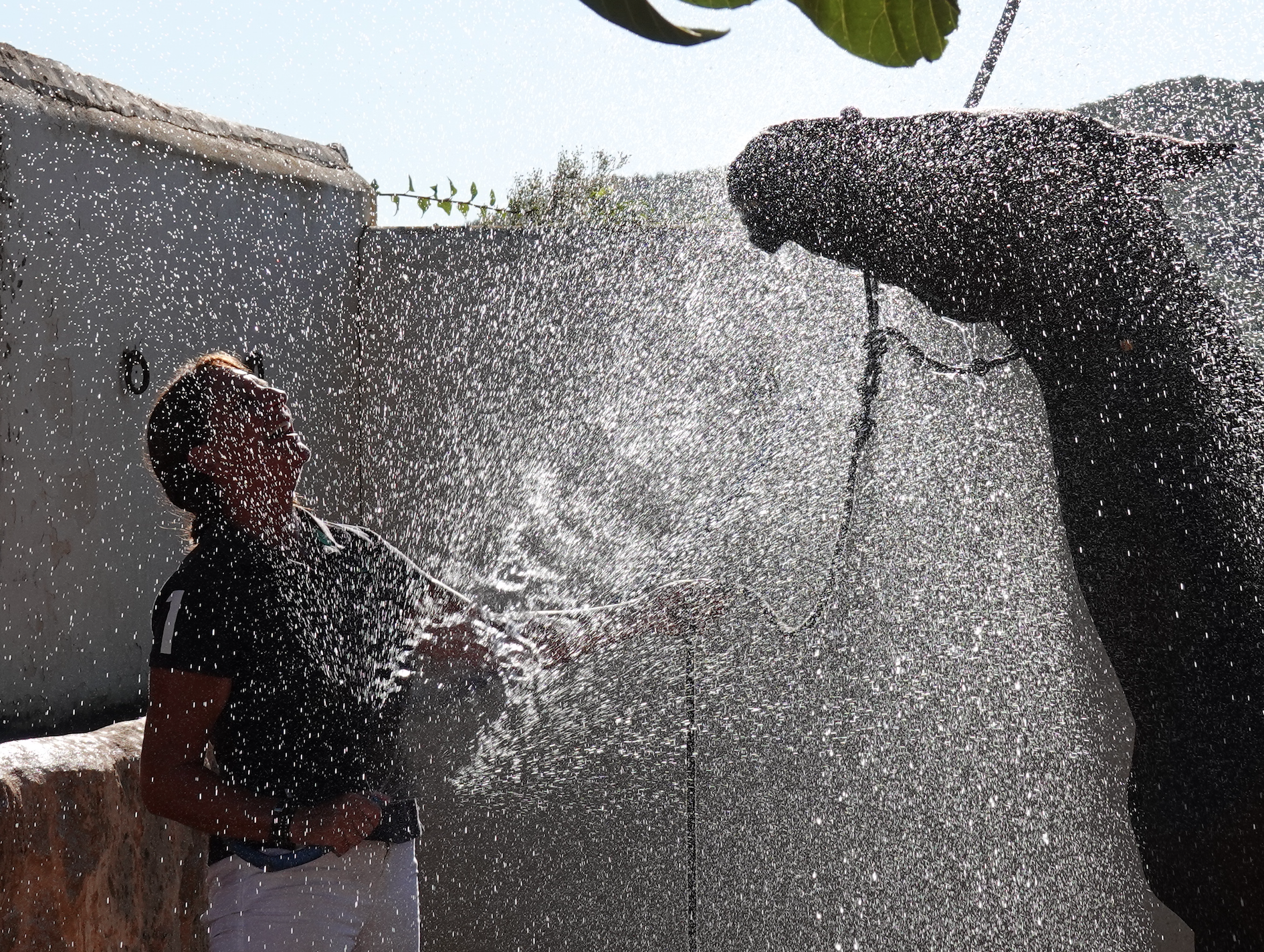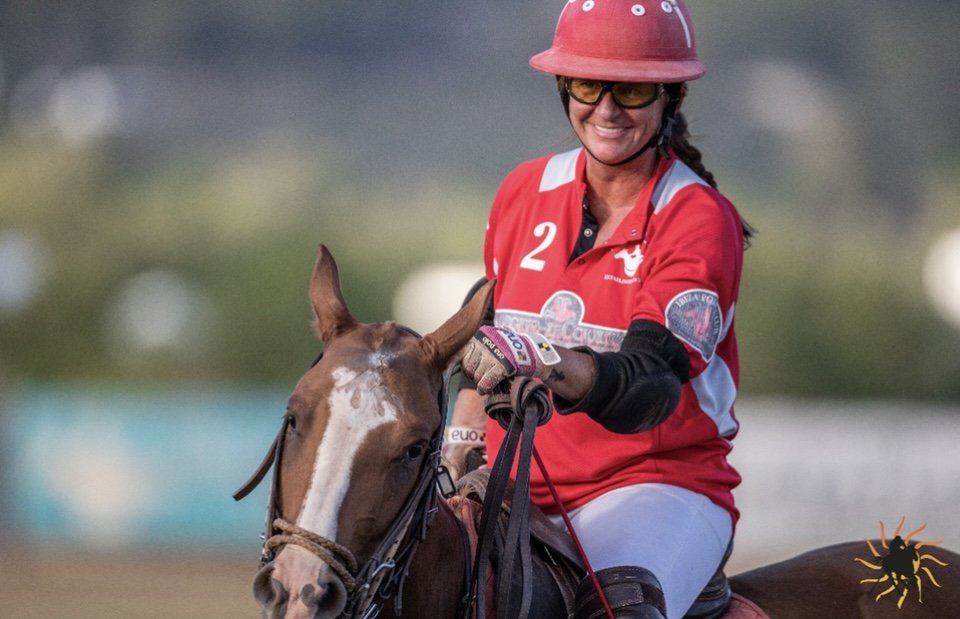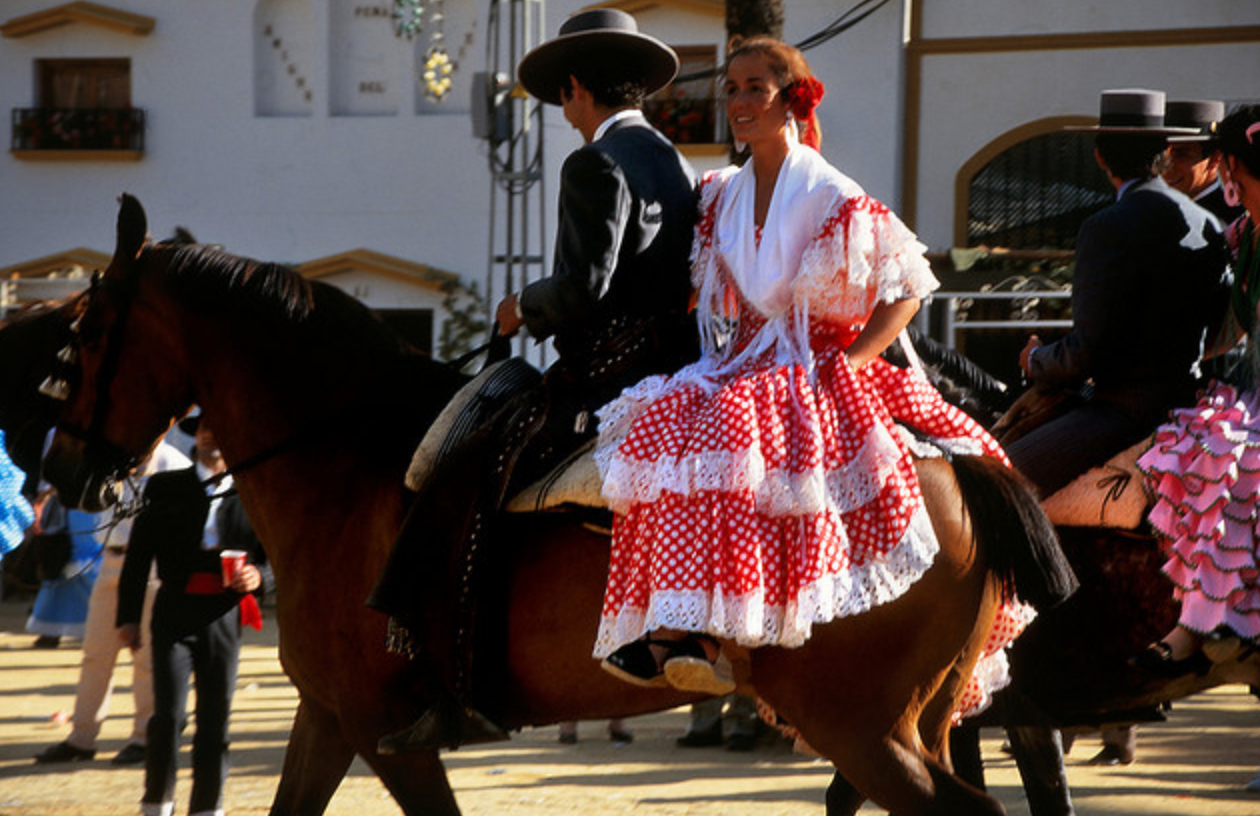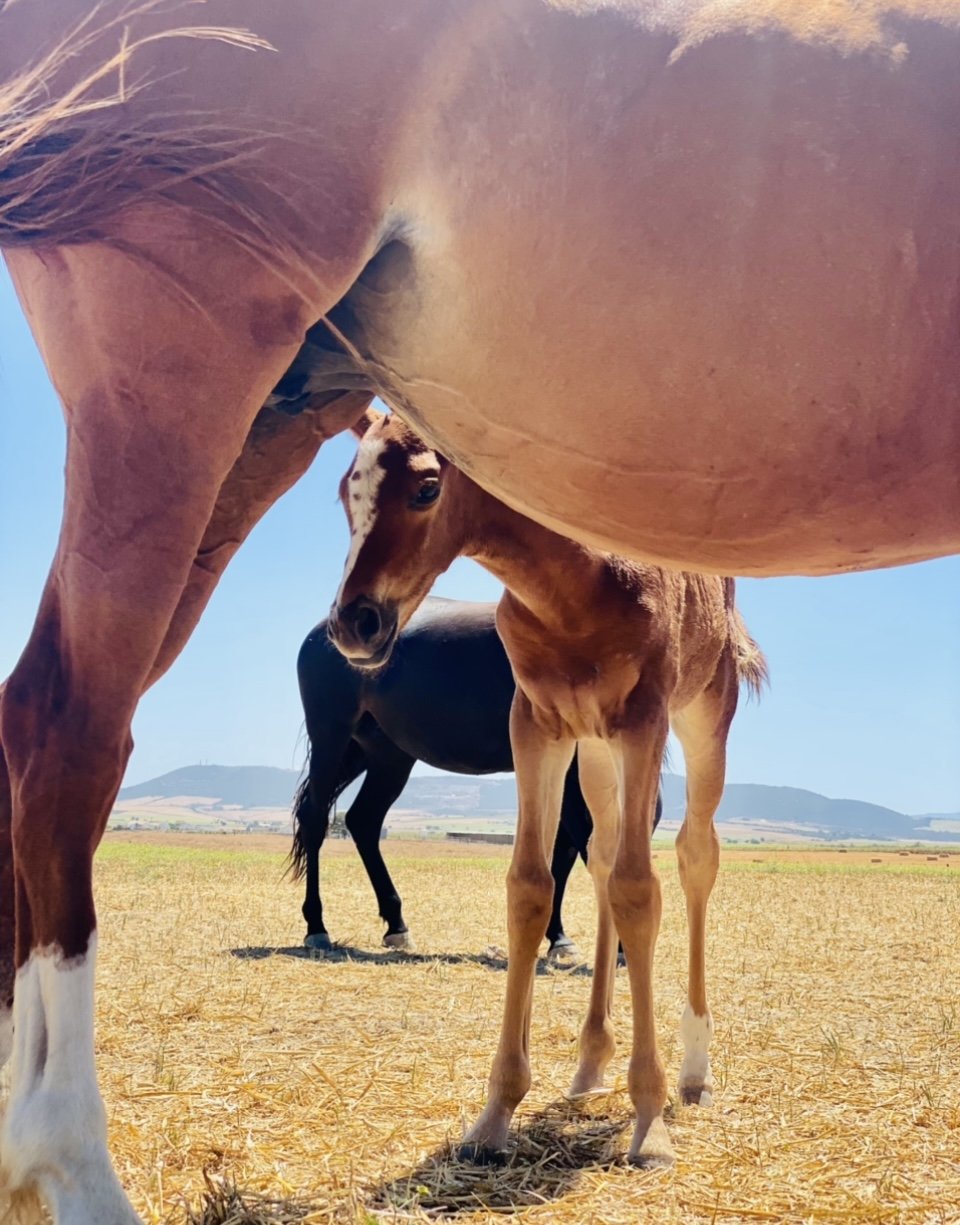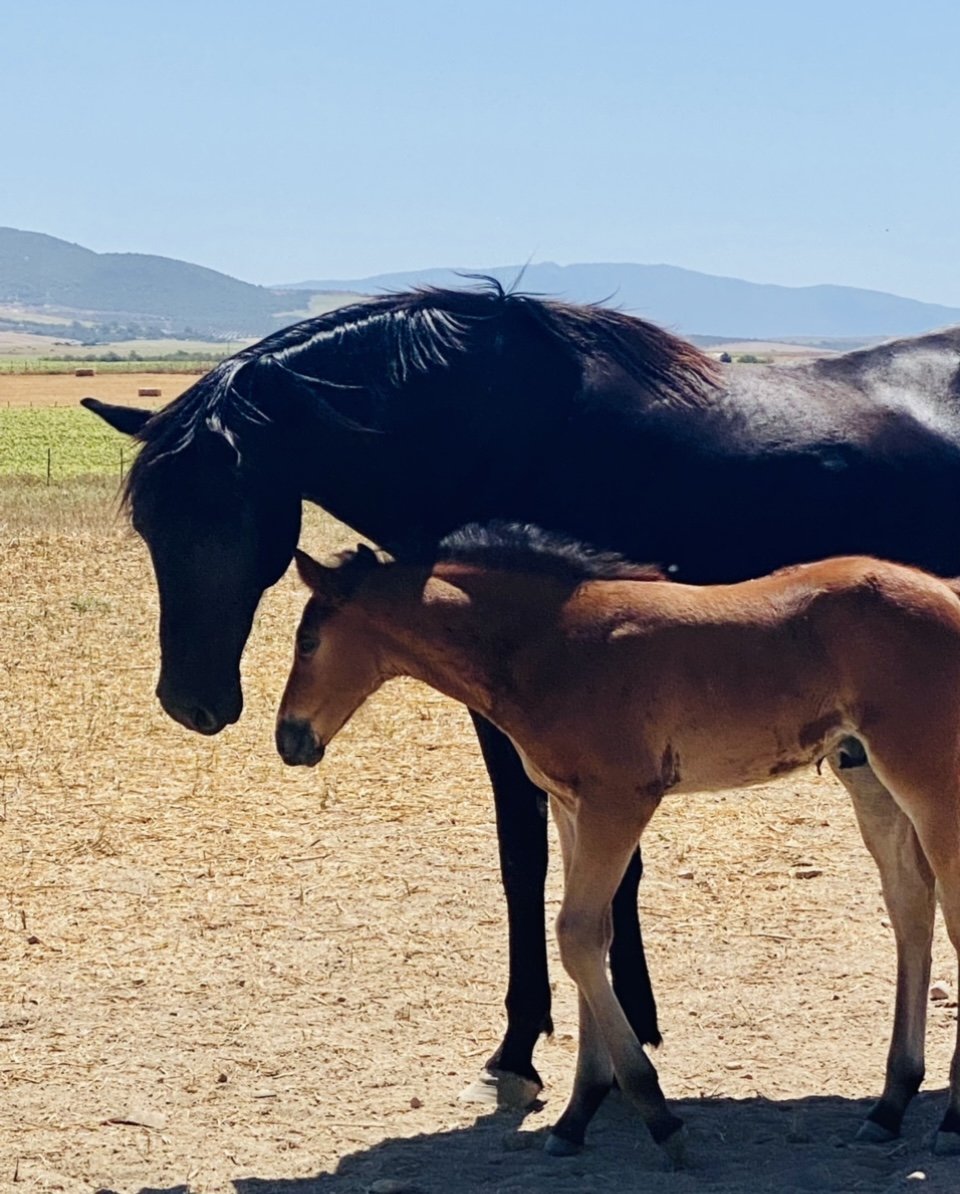For the love of horses
Andalusia really is the home of the horse
Growing up in the heart of a big city I had very little access to horses. During visits to friends and family in the countryside, I would get as close as I possibly could to any equine, if only to rub its nose and offer up a carrot.
Walking to primary school in the mornings at aged 5, I would ‘trot’ along next to my mother on my imaginary mount with a tree branch whip in one hand and the imaginary reins in the other making clip-clopping noises and neighing. It was just something within me and I still have no idea where it came from.
At the age of 11, my family relocated to the Wiltshire countryside and within 2 days of arriving I had found a horse to ride and someone who would teach me the basics.
It happened to be the local vicar and his 20-plus-year-old horse Kerim, a big, kind chestnut cob who put up with me bouncing around on his back until I found some rhythm. The trade-off for my hard work, lessons and passion was to be in Church all morning every Sunday. I considered it a worthy trade, although the passion for horses is all that has remained.
By the age of 16, I had gained work experience at hunting yards and even with young racehorses, very quickly realising that I didn’t want to be a race jockey after being carted around the local point-to-point course at over 40mph. What ensued was a lifetime of owning and rescuing horses and learning and teaching natural horsemanship with some truly amazing people around the world alongside extremes like mounted archery and stunt riding through hoops of fire!
When the children were young they embarked on their own journeys of shetlands, ponies and horses with weekends spent towing various equines around the countryside to compete in whatever activity had grabbed their interest. They both still ride here and there, normally when visiting me.
Thankfully my 7-year-old granddaughter also has the horsey bug, and with the confidence of youth gleefully gets on any mount with or without a saddle, I'm hoping there is polo passion in there too. A few more summers with Nanny Jac and she will soon be swinging a mallet like a pro.
Polo had never figured in my equestrian life until I drove past the club in Ibiza one sunny afternoon on route to a friend’s house. Making a sudden turn into the car park to watch the 8 players tussling over a white ball was to become a pivotal moment in my life.
Within the first 2 lessons, I had found my new passion and would proceed to spend the next chapter of my life trying desperately to hit that little white ball whilst staying mounted. Polo is the most exhilarating sport I have ever been involved with - exhausting and addictive too!
Photo Credit: ICatMilton
In fact, so addictive that when the polo club closed in Ibiza I knew that it was time to move to the mainland and play more which is why I now have my Campo Life and I’ve never looked back.
If you happen to be visiting a polo match, (which I would highly recommend with a glass of bubbles in hand) all mounts in polo are called ponies - regardless of their size.
Meeting Saddam’s herd
Whilst working in Iraq in 2015 I happened across a Canadian lady one evening who was in the process of rescuing the last of the herd of Saddam Husseins’ horses in the north.
The next day and a long car journey out of the city and I stood in the herd of 15 horses that now needed help. It was a surreal moment, but a horse in need is a horse I will always try and help.
Some fundraising ensued and they were all eventually re-housed somewhere more appropriate and my next travel back into Iraq included some foot rasps stowed in my luggage amongst other equestrian items.
Tent pegging
During another trip to northern Iraq, I was also treated to a display of the ancient cavalry sport of tent pegging at a snazzy new equestrian centre that was being built near Erbil.
Men charged up and down a huge indoor sand arena with a long pole aiming to collect a small piece of paper from the floor on the sharpened end as they galloped past on big stallions.
I declined the opportunity to join in, as tempted as I was, I did not fancy coming adrift at speed with the limited health care around at that time but it was fascinating to watch.
Considering over the last 30 years I have taken many riding risks around the world - a runaway horse on a beach in Sri Lanka, riding along the Dominican Republic’s equivalent of the M25 on a young spritely mount that liked cantering sideways, having to ‘kick on’ rather hard in Kenya after crossing a wildebeest path and a certain 'Mad Max’ on a cenote tour in Mexico is forever imprinted in my mind in the worst possible way.
Luckily despite all my equestrian experiences, I have only ended up in the emergency room a mere handful of times. There is currently a very popular social media group called Shit Eventers Unite which is largely a tongue-in-cheek laugh at ourselves and our equestrian exploits and thanks to bumper stickers and baseball caps we can now recognise each other in ambulance bays worldwide.
Andalusia has a very long and rich equestrian culture. Amongst many horseback pilgrimages, Jerez is home to the annual Feria del Caballo (the horse fair) every spring and is a true celebration of every part of the equestrian culture. Seville’s Feria de Abril is also firmly rooted in the heritage of the horse, alongside flamenco of course and when you visit you truly understand how the two are so synonymously linked.
Photo Credit: Dominic Alves
Across the region, there is every type of equestrian entertainment for riders and spectators alike. A plethora of tours involving horses and wine/sherry and of course; the Royal Andalusian School of Equestrian Art, made famous by the show How the Andalusian Horses Dance.
Photo credit: Jerez Tourism
My local town of Cazalla de la Sierra hosts its Romeria festival in August, which I am told is also a similar tribute to equestrian heritage alongside the virgin.
The pilgrims follow the path to the river accompanying the patron saint on foot, by cart or on horse, on a route washed down with local wine, whilst singing and dancing to local songs. I am looking forward to that.
Photo credit: Andalusitano
The Pure Spanish Horse (known in Spain as the Pura Raza Española) is often called the Andalusian horse, but the breed is actually from across Spain and will often be referred to as P.R.E with over half of the breed being the renowned grey colour. Most countries outside of Spain refer to it as the Andalusian horse, which rightfully inflames any Spanish equestrian.
Originally used for dressage, driving and bullfighting the breed is ever popular worldwide today for showjumping and long-distance thanks to their ability for speed and endurance.
Only a few days after arriving in the campo I had a visitor to my gate, a smartly dressed gentleman with a traditional felt cordobes hat riding on a big grey Spanish mare and a large dog at foot introducing himself as Angel. How truly wonderful that my only unplanned visitors are the mounted variety and he now regularly stops for some equestrian chit-chat.
He did once ask me to accompany him to town for a drink on my horse, but I politely declined. Partly because polo ponies don’t always handle trails, tarmac roads and traffic particularly well.
Ponies in my campo
The local farmer was visiting nearby when I last sat at the terrace table cleaning bridles and he imparted a new technique to remove the grease build-up - apple cider vinegar!
I have been cleaning leather for around 40 years now and have tried most things, but he was absolutely right, vinegar on the inside of the leatherwork really did get the grease off swiftly. I am clearly never too old to learn.
There have been a couple of occasions to ride the polo ponies down the hill to my house for the odd lunch whilst they graze the garden. Which did once result in a few too many wines and a very rapid return up the hill.
Luckily we managed to pull up before reaching the stables-polo ponies can achieve quite some speed. The odd short trail ride is a good stretch for their legs and their minds - we all need a change of scene now and again, it also saved letting the sheep in to mow the grass.
Last week I was invited by a friend to join on a trip to Jerez where he was going to a stud farm to look for new horses to buy. Somehow I resisted buying any of the 15-day-old foals and managed to come home with just lots of lovely photos and not a baby polo pony in the making thankfully. The 2-hour drive showed a completely different terrain to my local campo with big wind farms through the valleys as Jerez is close to the coast also meaning a cooling breeze most days. I need to spend a great deal more time learning about the current and past equestrian culture of Andalusia.
Conclusion:
I am in my spiritual horsey home here
Reina; Campo Jac’s polo mare




